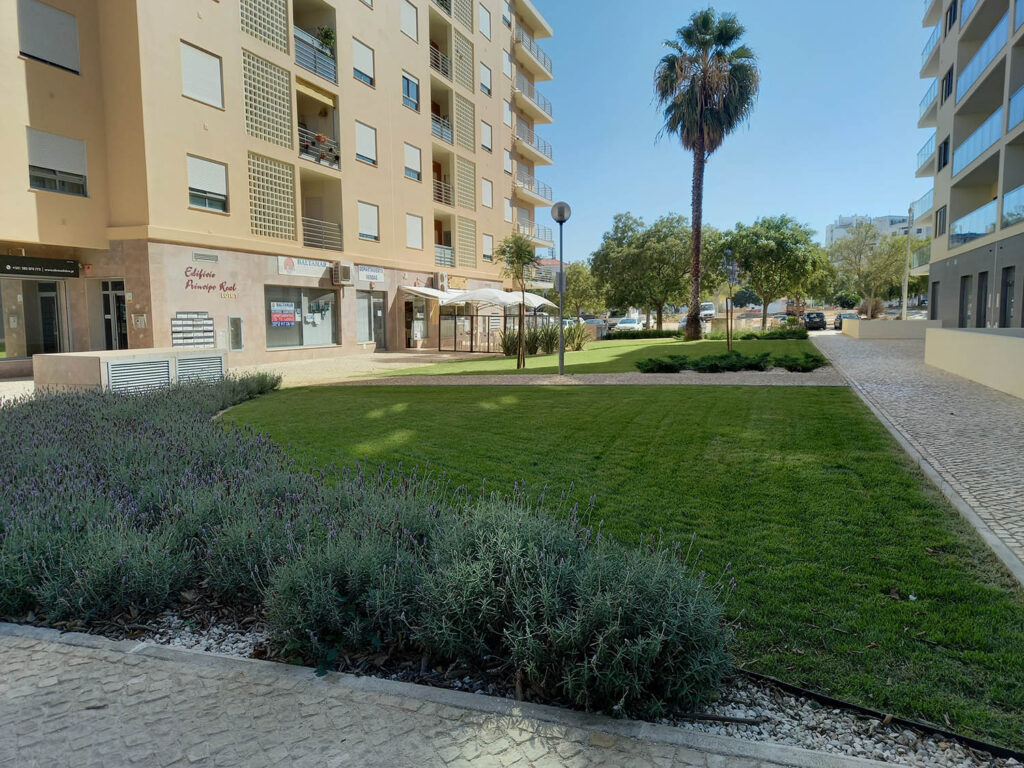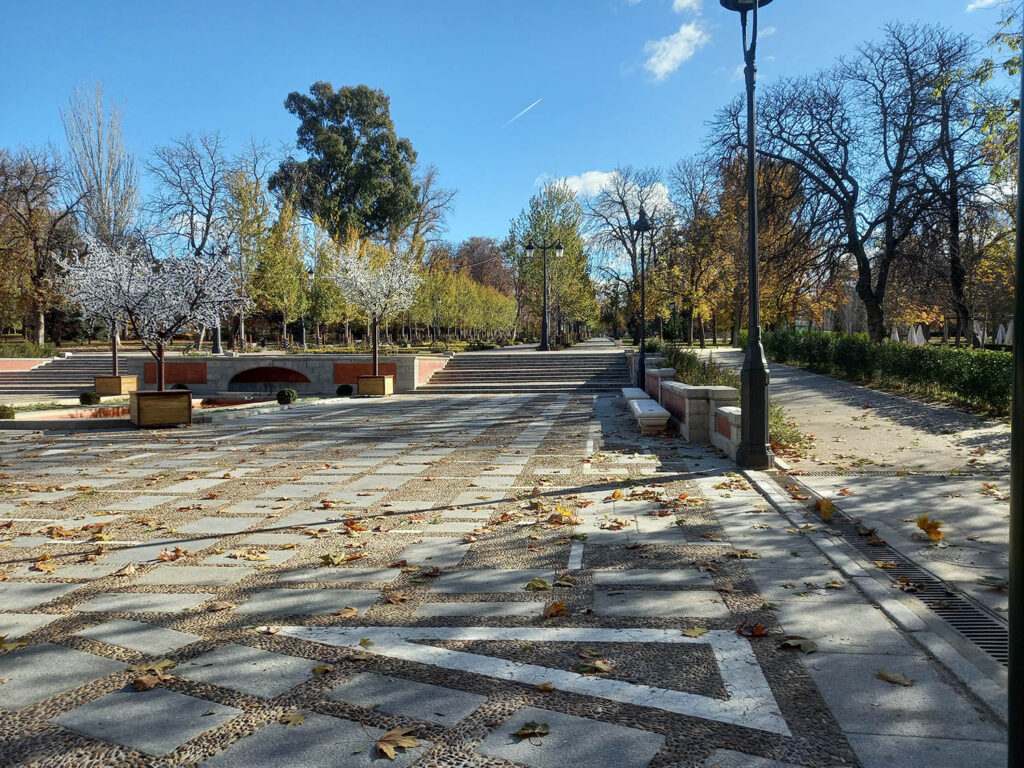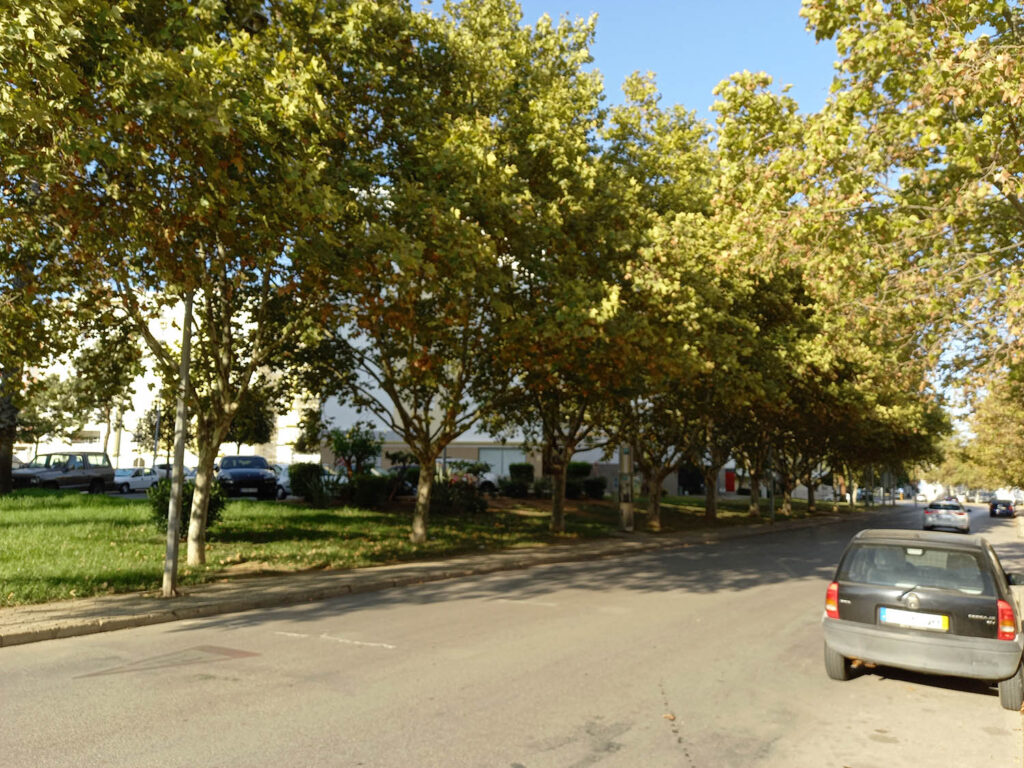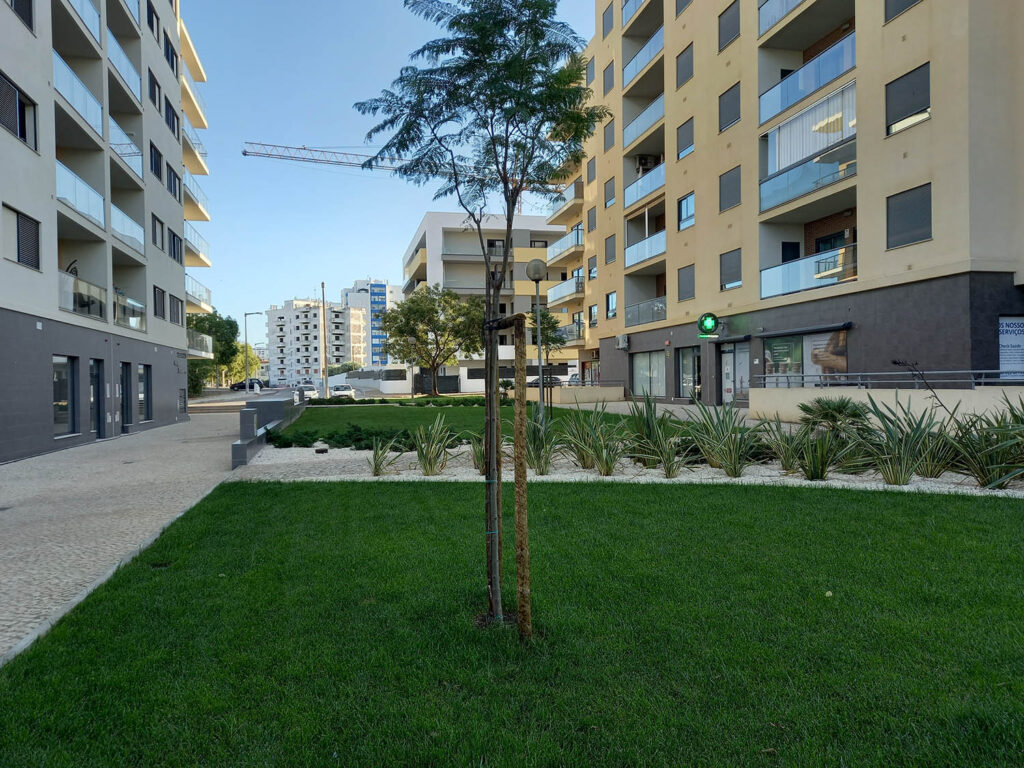The search for the best quality of life resides in each of us. For some, it boils down to life in the countryside, without rushing, without unrestrained traffic or that frenetic pace of the city. For others, it's exactly that city atmosphere, the rush to get to work, the ambulance sirens or the imposing appearance of any shopping center, which translates into quality of life.
However, in both cases, Nature and contact with it play a leading role in the search for quality of life and mental stability.
Let's focus on the city environment.
In cities, one of the ways to get closer to nature is through the green spaces offered by the municipalities. For it is exactly in these same spaces that this opinion text is focused.
Is the city dweller prepared to live in harmony with green spaces or has he simply forgotten the well-being that nature can give him, even if it is through a mere flower bed or a small lawn?
What is often observed is that people are no longer interested in knowing whether they have quality green spaces or not. They don't really care what they have, as long as they're comfortable.
A strong example of this is the urban grove, loved by many and hated by so many others. Loved by those who see the leafy trees in the street alignments or in the parks where their shade is much appreciated, and hated by those who watch the invasion of its simple marquise with any ungoverned branch, dirtying everything where it goes.
During the pruning season, it is common to hear the expression: “can't you prune that tree close to the ground? It's just that it messes everything up and ruins my walls. And then the humidity that I have inside the house because of this menina?”.
In other words, the quality of life that a tree can give us (especially as a living being that transforms carbon dioxide into oxygen, essential for human life) is much less important than the small discomfort it can cause us.
A comfortability of each one seems to be the gauge of the quality of urban green spaces, with municipalities often focused on complaints on the social network and little focused on what really matters, the quality of green spaces and the consequent increase in the quality of life of citizens in their area. City.
Outdoor spaces, whether landscaped or not, are the stage for increasing the quality of life in a given location. It is urgent to define strategies for these spaces, to which greater and better lines of investment must be added in the creation and, above all, in the maintenance of these spaces.
Speaking a little about the strategy, it is necessary, in the first instance, to demystify the urban green space, that is, it is necessary to stop looking at these spaces as the private garden that increasingly resembles an artificial space without identity.
In urban spaces, it is extremely important that there is a contribution to the identity of a given place. See the loss of identity with the incorporation of real palm groves in the cities, turning the landscape of the Portuguese city into any South American marginal avenue.
An urban green space is supposed to give us the sensations that we have in the countryside and that we can't get in the city, it's supposed to be a natural space in the urban environment, it's supposed to be an integral part of the city's green structure.
In Portugal, and especially in the Algarve, we tend to want the bush trimmed into small balls, the grass all cut and without weeds, the flower beds are all weeded out all the time and imagine…this is nothing like an urban green space is supposed to be.
In short, the definition of a strategy, which should involve, firstly, the creation of manuals of good practices for intervention in public green spaces and also the implementation of municipal regulations for green spaces (there are already some) and, secondly, , due to the applicability of these two instruments, are the two steps to be taken in achieving the quality of green spaces in a city and in developing a lost empathy between city dwellers and their green spaces.
Author Tiago Águas is a landscape architect and trainer certified by the IEFP























Comments